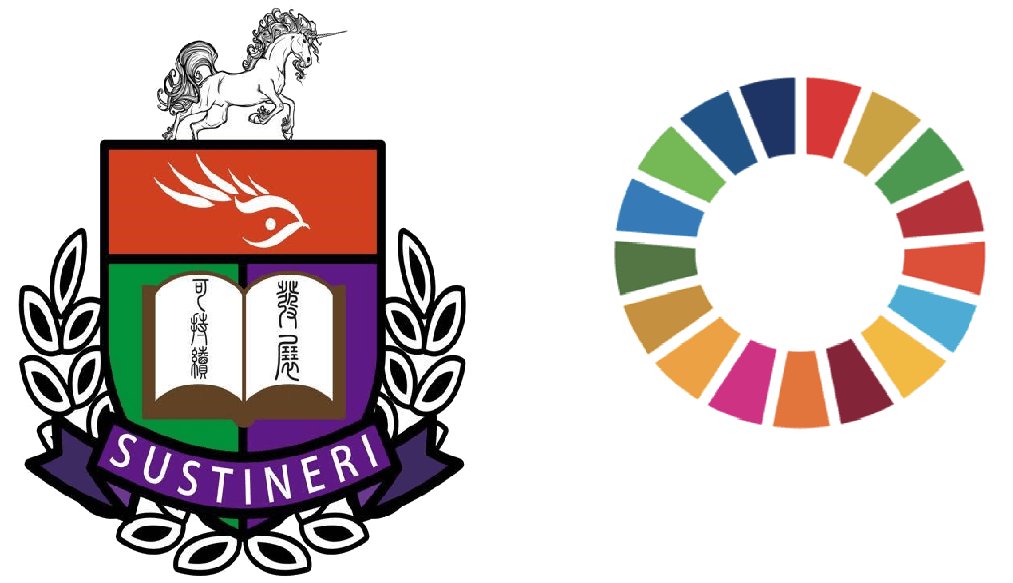With growing attention to climate change and other social challenges, and to reach the worldwide pathway laid out by the Paris Agreement, many countries and regions have introduced their sustainability agendas with targets, policies, regulations, or guidelines, which directly impact industries. As manufacturers, fashion and textile companies are urged to take responsibility in tackling the global climate crisis by playing an important role in implementing sustainable practices.
Traditionally, most textile manufacturers implement a “take-make-waste” business model which means taking of natural resources to make products and then dispose of them after use, leading to 73% of clothing being thrown in landfills.[1] However, the current situation is changing, and there are different rules and regulations targeting waste reduction. Recycling and reusing materials and products can maximise textile waste reduction. By prolonging the lifetime of a fashion product, valuable materials can get a sustainable future as they will be reused and end up in the landfill. In view of this, a new business model is introduced – the circular economy. A circular economy is a resource- and waste-free economy in which a closed-loop system is created where inputs and outputs are re-used and recycled.[2] The circular economy is on trend. In Hong Kong, large-scale companies have begun to promote the concept of a circular economy, striving to step forward to a more sustainable future.
However, not only do large-scale companies need sustainability transformation, but small and medium enterprises (SMEs) are also encouraged to catch this trend, in order to enhance their market competitive advantages and operational resilience. Waste reduction, reusing, and recycling can be good starting points to catch up with the trend of a circular economy. For example, through the adoption of upcycling technology such as “The Billie System” or “Garment-to-Garment (G2G) Recycle System”, companies can produce recycled materials, lower raw material purchasing and reduce waste in landfill. [3],[4] However, to achieve fibre-to-fibre recycling, sorting textile waste by material is a necessary but challenging step for recycling fashion and textile waste.[5] The whole supply chain has to be involved and work together to find a solution.
Business models are changing. Besides a circular economy, companies also face sustainability-related trends such as green manufacturing, strict disclosures, and sustainable procurement. Companies are suggested to keep themselves abreast of information on sustainable development and to get prepared for business transformation to a sustainable future.
[1] https://research.hktdc.com/en/article/MzIzNDM0NzUx
[2] https://ellenmacarthurfoundation.org/topics/circular-economy-introduction/overview
[3] https://billieupcycling.com/
[4] https://www.hkrita.com/en/garment2garment
[5] https://www.mckinsey.com/industries/retail/our-insights/scaling-textile-recycling-in-europe-turning-waste-into-value




